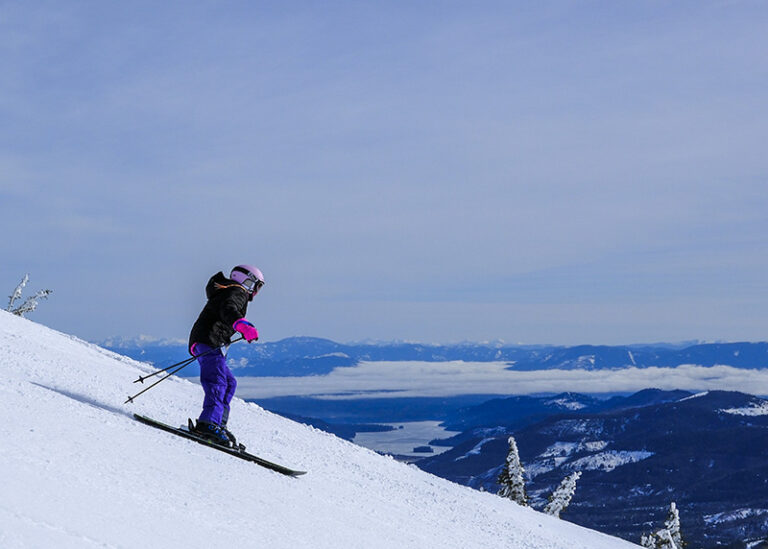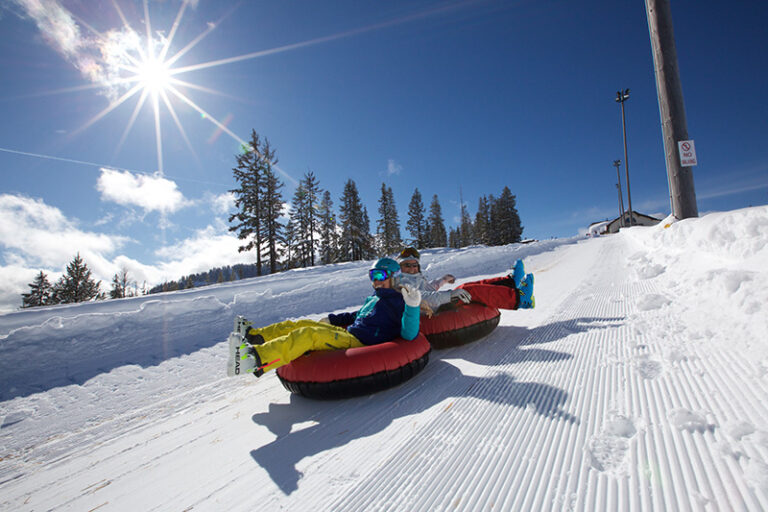With spring now officially here, despite the lingering snow drifts, it might be time to start looking for the wildlife returning to the area. One great way to do just that? Bird watching.
Meet Lindell Haggin, treasurer of Audubon Society. A bird watcher since 1970, Haggin has served the Audubon Society in several official positions, and has helped conduct many surveys of wildlife throughout the area for the society.
“There are people who are focused on lists, but I think it’s important to just get out there and observe,” she says.
“Too often we just ignore the variety we have around us. I enjoy wildflowers and wildlife, but I find the birds particularly appealing.” She lives on the Little Spokane River, and enjoys observing the differences in the wildlife and birds from season to season, year to year.
“It’s surprising the variety of species you can find in some places, like Lincoln County, which looks kind of dry and desolate, but it’s very rich in bird species.”
In April, Haggin says, “the resident species—the nesting species—are just coming back, but it usually takes until May for them all to return.” Killdeer are back, she says, and ducks will start nesting.
When it comes to gear, she says, “you don’t really want to wear bright colors, because the less obvious you are, the better off you are. You can have a minimal amount of special clothing, or, when we’re doing a survey for the Audubon Society, you might need a more specialized set of gear.”
BOOTS: Asolo gore-tex hiking boots. “It’s important to have the gore-tex because often during the early mornings the grass can be quite wet,” she says. “Birds are more active at sunrise because they’re out gathering food after the long night, and often they’re singing more.”
Haggin also wears 15” gators. “In winter they keep the snow from getting in, and in summer they keep out the ticks and the cheat grass.”
PANTS: Moonstone gore-tex pants. “I got them a number of years ago,” she says, “and they’ve held up quite well.”
COAT: Patagonia jacket. “Mine’s nylon, but a waterproof one is helpful.”
HAT: A Tilley hat with a brim, which she wears on all but the coldest days. “You try not to put too much over your ears because as you get more advanced in your birding, you almost use your ears more than your eyes as you learn to recognize the birds by their calls.”
GLOVES: “A wool pair with Thinsulate lining, and the tips fold back so you can have exposed fingertips.”
ACCESSORIES: Haggin uses a Palm Pilot, equipped with a National Geographic software called “Hand Held Birds”, which can play each species’ songs, display pictures of the birds, and show the range of each species.
“Something that’s really changed birding a lot is technology—with list serves and cell phones, a lot more people might get to see something they wouldn’t have been able to see before.” When a rare bird is in the area, she says, like the scissor tailed fly catcher, usually a resident of Oklahoma and Texas, that was spotted in Moses Lake last year, birders can instantly update a list serve with the bird’s last known location so that others can chart its progress and catch up with it. These vagabonds are known as irruptions.
She sometimes carries a camera, and “binoculars, of course, are invaluable—a good, basic pair is the Pentax 8×42. The model I have is the DCF. They aren’t terribly expensive, but after I got more experienced, I got a more expensive pair by Weiss, 10×30.” For binoculars, the first number is the amount of magnification; the second number is the width of the field. “You have to have pretty steady hands above 8x magnification,” she says.
She carries it all in an REI backpack, which has lots of pockets, she says, to help organize things.
Recently, Haggin bought a Heritage Featherlite 9.5 kayak, because watching birds from a kayak or canoe, she says, “you can sneak up on them a little bit and you can see them from a different angle, from the water looking in to the land.”
“Riparian zones are very rich in bird species,” she says, adding, “that’s why it’s so key to get a good shoreline management policy with both the city and the county.”
“The cool thing about bird watching is that any time you go somewhere different, it adds a level of interest to the place you’re visiting.”













